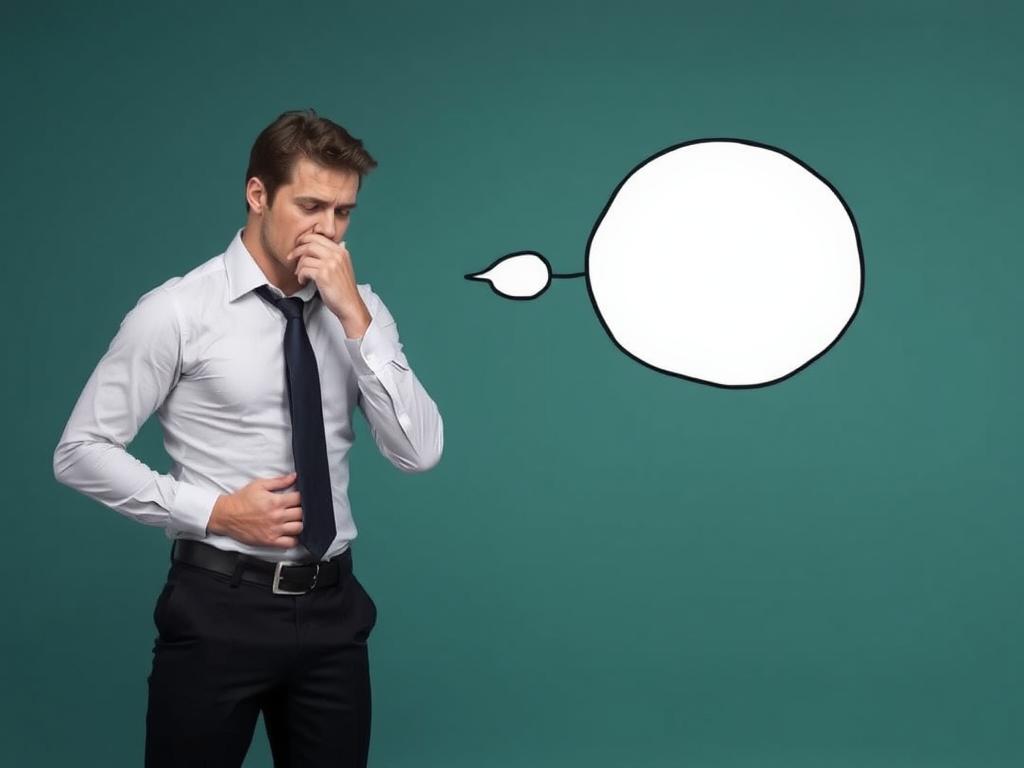
Welcome to our dedicated hub for men who are navigating the complex and often misunderstood world of libido disorders. Whether you’re feeling overwhelmed by a lack of desire or concerned about changing sexual function, you’re not alone. Our site is born out of the recognition that male libido disorders can be isolating, confusing, and even embarrassing. But it doesn’t have to be this way. Our mission is to shed light on this subject, to empower men with knowledge, and to help them reclaim their passion for life.
Life is meant to be enjoyed, and every man deserves to feel fulfilled and vibrant. If you’ve found your motivation waning, your interest in intimacy diminishing, or you’re grappling with the shadow of what once was, I want you to know that there is hope. Our articles aim to provide guidance, practical solutions, and insights that can transform your experience from struggle to strength.
Understanding Male Libido Disorders

Before we delve deeper into the solutions, it’s essential to understand what male libido disorders are. Libido refers to an individual’s desire for sexual activity, and while fluctuations are normal, ongoing issues can indicate a disorder. These disorders can manifest as a decreased sex drive, difficulty in attaining satisfaction, or even an inability to engage in sexual activity altogether. Let’s explore some common causes:
- Biological Factors: Hormonal imbalances, particularly a decrease in testosterone, can drastically affect libido.
- Psychological Aspects: Stress, anxiety, depression, and even relationship challenges can create a significant barrier to sexual desire.
- Lifestyle Choices: Poor nutrition, lack of exercise, and substance use may negatively impact libido.
- Medical Conditions: Certain health issues such as diabetes, heart disease, and prostate problems can also play a role.
Recognizing the root causes of your libido challenges is the first step toward addressing them effectively. Whether it’s a temporary setback or a more persistent issue, understanding that help is available is crucial for moving forward.
Common Signs of Libido Disorders
Knowing whether you’re facing a libido disorder can help you take actionable steps for improvement. Here are some common signs that might signal a problem:
| Sign | Description |
|---|---|
| Lack of Interest | Feeling disinterested in sexual activities that you once enjoyed. |
| Difficulty in Arousal | Struggling to become aroused or maintain arousal during intimacy. |
| Emotional Distress | Experiencing feelings of frustration, anxiety, or inadequacy related to sexual performance. |
| Changing Relationships | Noticing a change in how you connect with partners, leading to tension or issues. |
If you identify with any of these signs, don’t despair. Acknowledging these feelings is an important step toward recovery, and you’re already moving in the right direction.
Practical Steps toward Recovery
The journey to revitalizing your libido is multifaceted, and the good news is that there are several practical steps to consider. While each individual’s path may differ, incorporating a combination of lifestyle changes, psychological support, and even medical intervention can yield positive outcomes. Here’s a roadmap to help guide your recovery:
1. Seek Professional Help

Don’t hesitate to consult with a healthcare professional, such as a doctor or a therapist, who specializes in sexual health. They can help identify any underlying health issues and recommend appropriate treatments tailored to your unique needs.
2. Prioritize Healthy Living
Living well is foundational to sexual health. Here’s how you can start focusing on your overall well-being:
- Maintain a Balanced Diet: Include foods rich in vitamins and minerals that support hormonal balance, such as fruits, vegetables, lean proteins, and healthy fats.
- Get Regular Exercise: Physical activity is proven to enhance mood and improve blood circulation, both of which are beneficial for libido.
- Get Enough Sleep: Quality rest is crucial for overall hormone regulation. Strive for 7-9 hours each night.
3. Manage Stress Effectively
Stress is a common culprit when it comes to libido. Engage in activities that promote relaxation, such as:
- Meditation and Mindfulness
- Yoga and Stretching Exercises
- Spending Time in Nature
- Pursuing Hobbies You Love
4. Open Communication with Your Partner
When dealing with libido issues, open and honest communication with your partner is essential. Here are a few ways to foster that dialogue:
- Share Your Feelings: Express your challenges without fear of judgment.
- Discuss Expectations: Align on what intimacy means for both of you outside of penetration.
- Explore Together: Consider new ways to experience physical intimacy that might lighten the pressure of performance.
Embrace the Journey to Vitality

Your journey toward overcoming male libido disorders requires patience, dedication, and self-compassion. Remember, tackling this issue is not just about enhancing sexual experiences; it’s about enhancing your overall quality of life. It’s about rediscovering joy, passion, and connection, both with yourself and your partner.
The resources available on this site are designed to encourage awareness, foster understanding, and instill hope. Take your time to explore the articles, engage with the community, and lean on the knowledge of experts. With the right tools and support, you can turn the page on libido disorders and embrace the fullness of life that awaits you.
Conclusion: You Are Not Alone
As you navigate this journey, remember, you are not alone. Countless men have walked this path before you, and many have found their way back to a fulfilling and enjoyable sexual life. Embrace the process, seek assistance, and never underestimate your capacity for change. Let this website be your companion as you venture into reclaiming your passion and embracing life in all its vibrance. Together, we will take steps toward a fulfilling future, one where your vitality is on full display, both in and out of the bedroom.